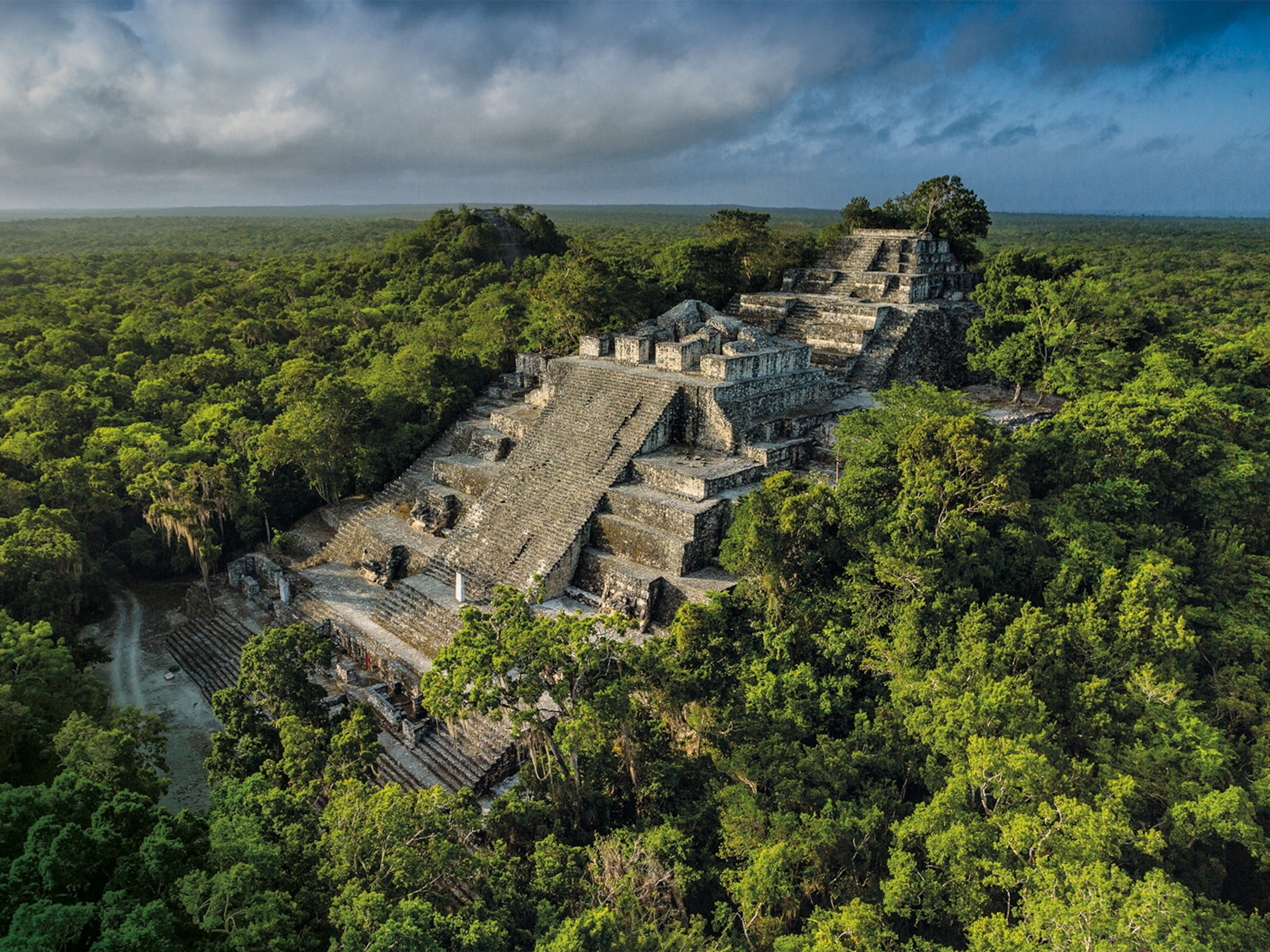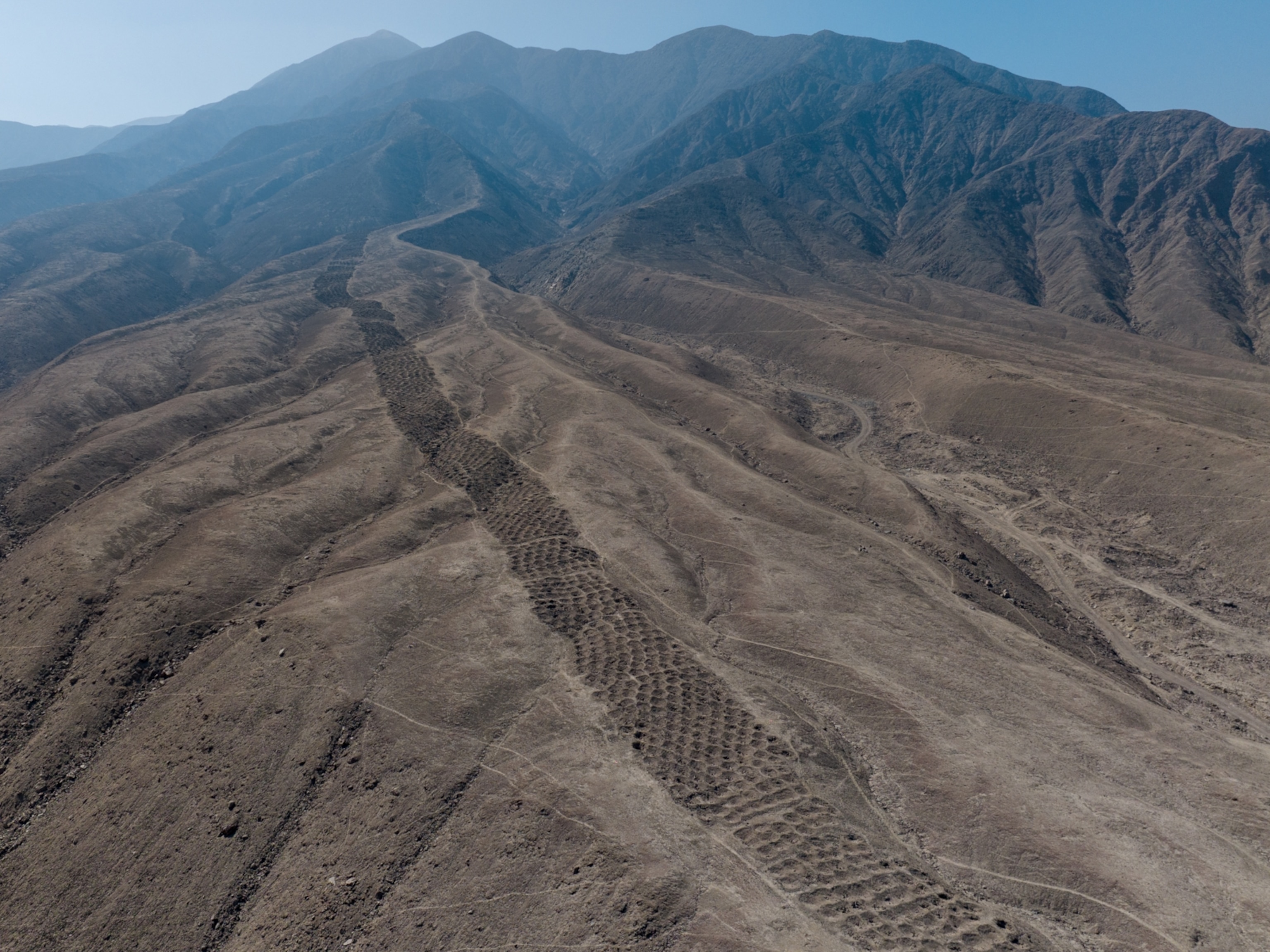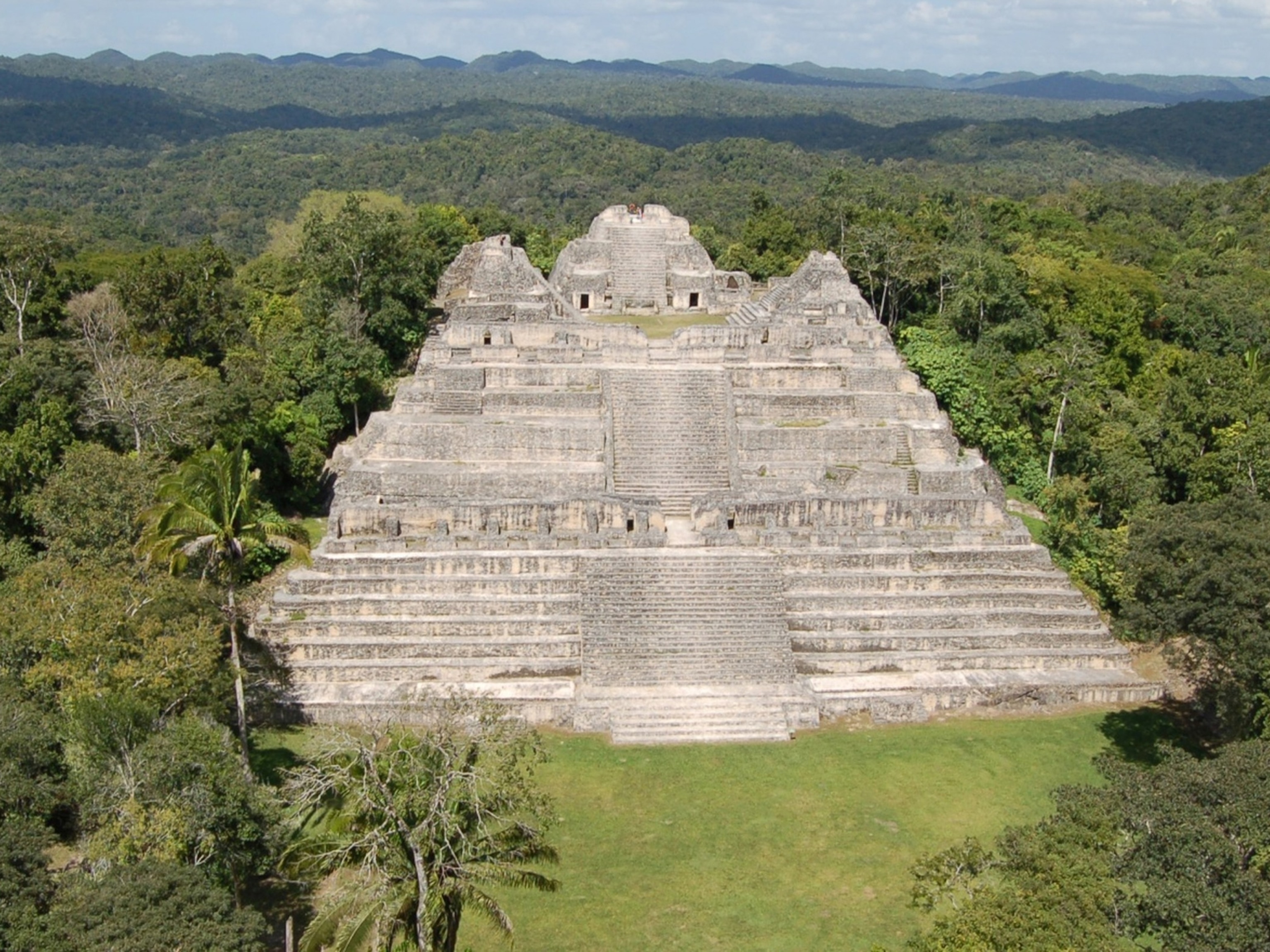
See Some of the World's Largest Rock Art—Scanned for the First Time
Archaeologists hope to use the extensive catalogue of images to better understand indigenous life before colonization.
"Indigenous myths refer directly to the rapids as the dwelling of the sun god," says Philip Riris, an archaeologist at the University College of London. "Another myth states that when the world tree (where all animals and plants originated) toppled over, its crown fell into the Orinoco and made the rapids."
He's referring to the Atures Rapids in the Amazonian Orinoco River that runs through western Venezuela. At a point in the river where boats can go no farther, there are five islands that contain some of the world's largest and most illustrative rock art.
The region's terrain makes it a natural hub for activity today, and archaeologists believe it was the same 2,000 years ago.
In his study on the rock art, which he recently published in the journal Antiquity, Riris notes that the rapids were an "ethnic, linguistic, and cultural convergence zone."

The region's rock art contains a variety of motifs engraved in similar styles, which indicate to archaeologists the region was once a busy hub for a number of different groups. Riris, and a team of archaeologists also from the University College of London, conducted the most detailed and large-scale catalogue of the rock art to date. They hope to use their records to put together a larger look at the region's diverse indigenous cultures, as they were before the arrival of Europeans.
High-Tech Tools
To get these images, Riris used drones outfitted with photogrammetry cameras. The high-tech cameras use photography to create three-dimensional renderings of their subjects.
Riris says drones were the best tool because the sheer size of some of the engravings makes them difficult to see from the ground.
"In some cases, while cleaning the engravings in one of the lesser-known sites, I didn't realize what I was cleaning was a single, huge petroglyph," he notes.
The largest known single drawing is of a horned snake. From end-to-end it measures about 98 feet long. Another panel with a collection of art is just over 3,200 square feet. The archaeologists found it contained at least 93 engravings, with some measuring several feet in size.
According to Riris, depictions of humans and animals are some of the more common motifs found in the Atures Rapids.
Conceptual Art
One commonly seen engraving shows what appears to be a flutist surrounded by other people. It may suggest a seasonal theme of renewal. Before the region's wet season, the Orinoco River becomes shallower, exposing some of the rock art. While this exposure was helpful for archaeologists, it may have also had ritualistic significance thousands of years ago.
Another frequently depicted image was what archaeologists describe as a "c-scroll," two opposing spirals. The drawing has been documented as far north as the Caribbean and as far south as the central Amazon.
Previous research has suggested these spirals represent male potency and fertility, but Riris says it's difficult to confirm the exact meaning of those depicted in Venezuela because symbols tend to adopt different meanings in different regions.
Riris notes that more research will be needed to learn which motifs and engravings were created by which indigenous tribes, but he hopes to one day piece together a full picture of life in the region before European colonization.





